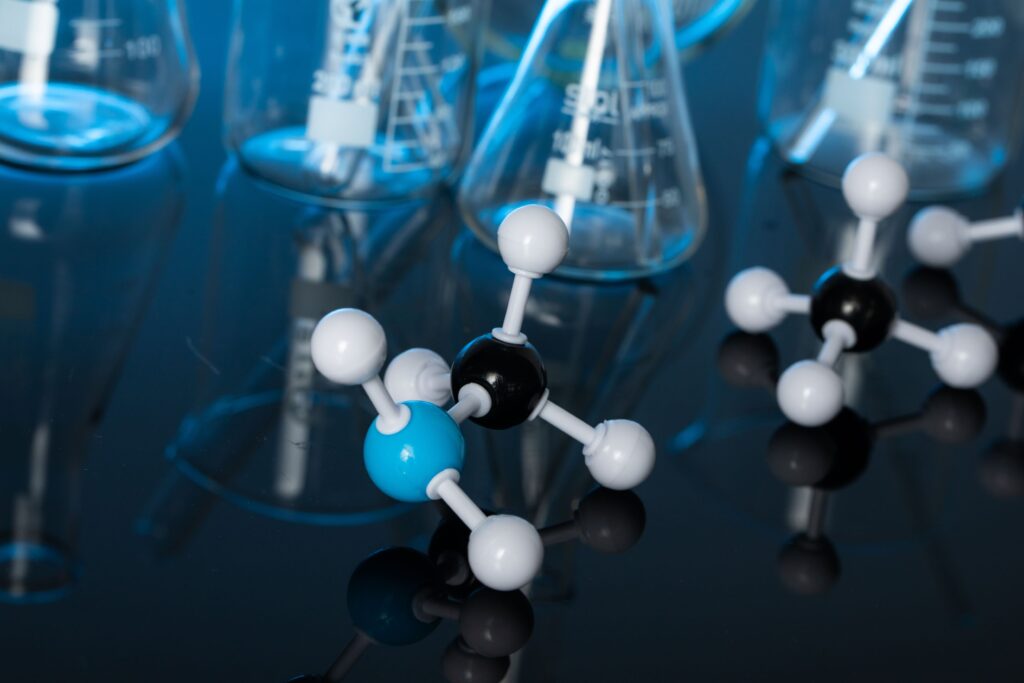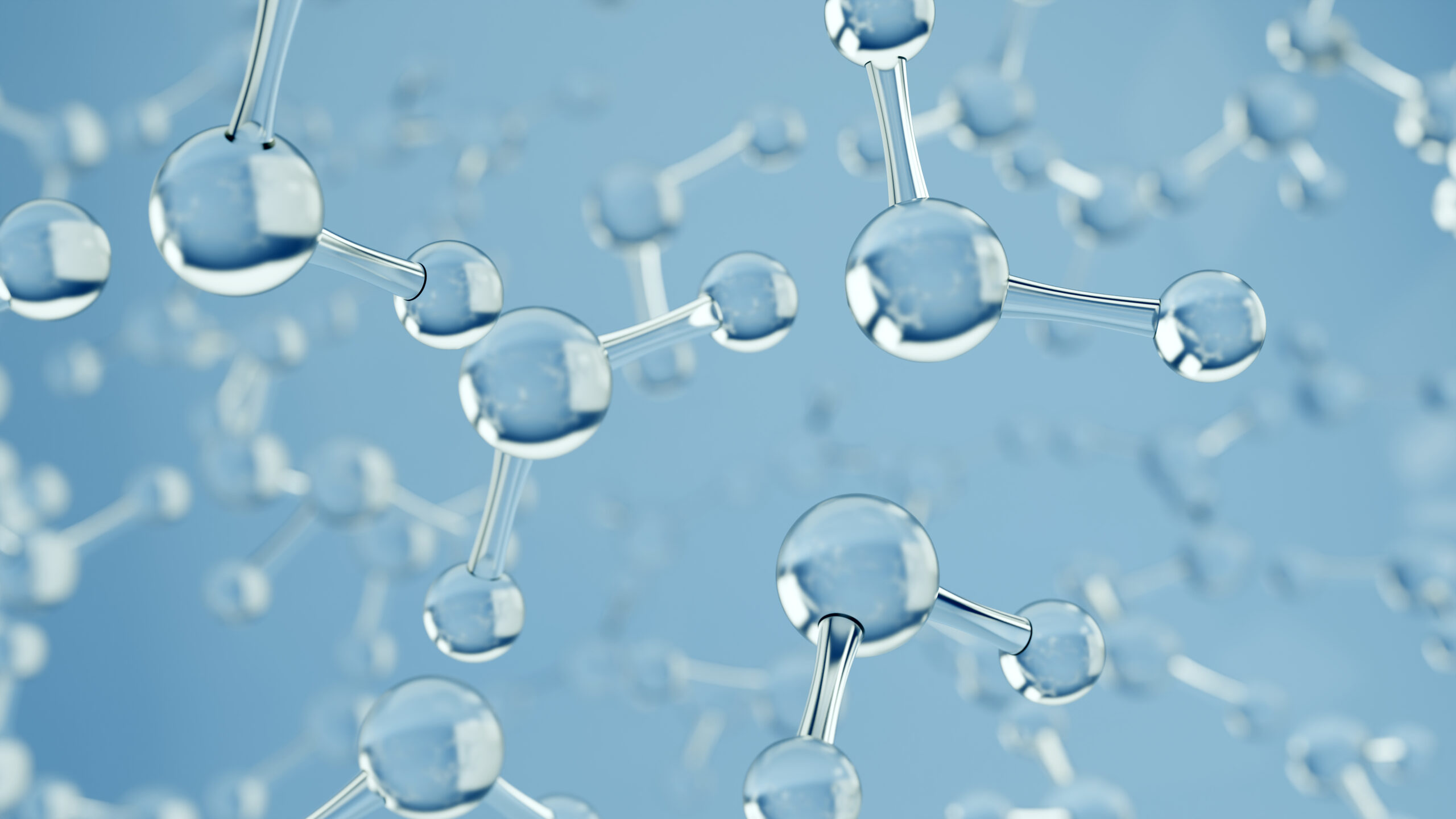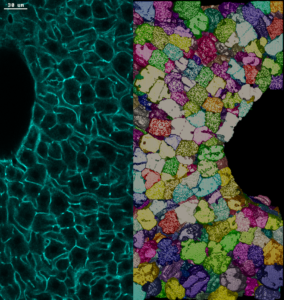
Biophysical Modelling and Simulation
Biophysical Modelling and Simulation of complex biological systems involves designing experiments, using computational methods to derive biological information from complex datasets, validating experiments with predictive models, and employing biophysical modelling to predict the influence of biological and physical factors on complex systems.
Mechanistic and biophysical modelling helps explain how molecules and cells form tissues and understand temporal disease dynamics. Addressing the spatial and temporal complexity of biological systems requires approaches and advanced technologies such as spatial omics, high-throughput microscopy, and multiplexed immunohistochemistry.
HT aims to advance this field by coupling modelling techniques with data-driven machine-learning approaches. This programme will design new predictive computational methods for spatiotemporal systems biology. HT will validate these methods and drive scientific innovation by combining computational and experimental knowledge.
Research groups
-
Zerial Group
The Zerial Group studies endocytosis – the process by which cells absorb substances from the extracellular milieu by engulfing them into vesicles. Our research crosses biological scales and disciplines to decipher protein interactions within the endosomal fusion machinery, define the processes that establish hepatocyte polarity and understand the biophysics of liver tissue formation.

